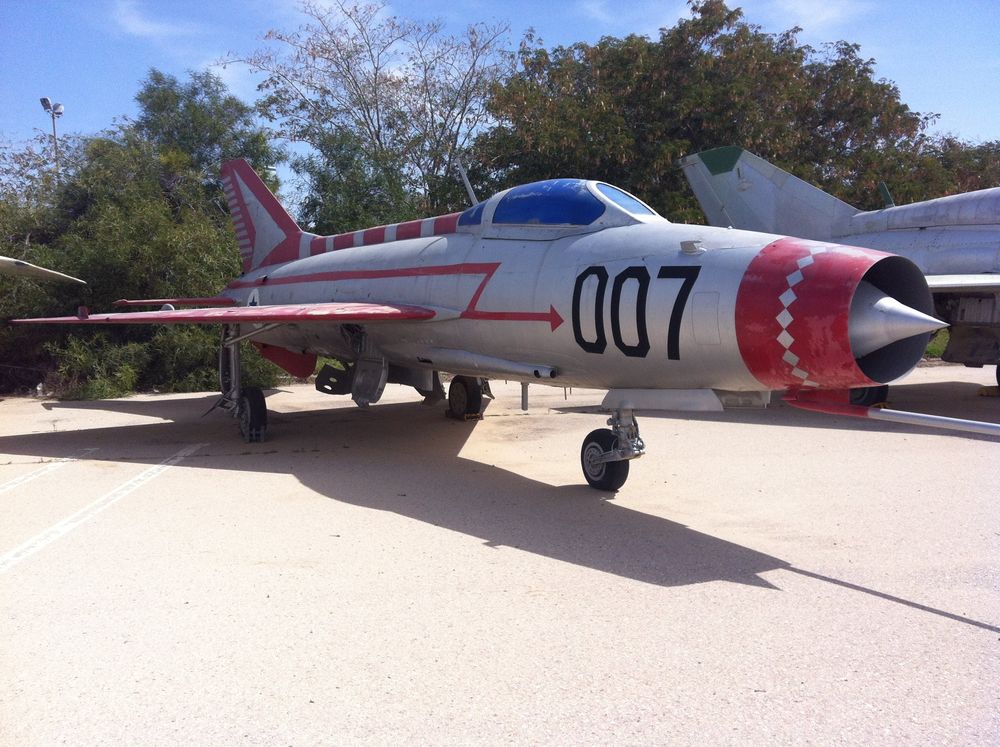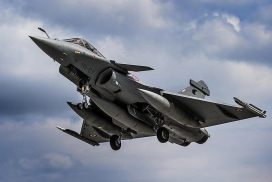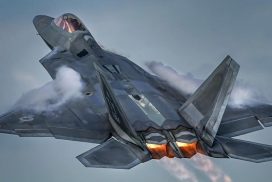The Mikoyan-Gurevich MiG-21 is one of the most advanced supersonic jet fighter aircraft to fly out from behind the iron curtain of the Soviet Union era. It upholds the record of being the most produced supersonic jet in aviation history and has been flown by approximately 60 countries over four continents. First conceived in the early 1950s, its Tumansky R-25 turbojet engine developed 15,650 lbf of thrust to push it all the way to Mach 2, and it could be armed with a dizzying array of rockets and missile
In the mid-1960s, the MiG-21 was used extensively in the Middle East conflicts by the Egyptian, Syrian and Iraqi Air Force, especially against the Israeli Forces. The Israeli Air Force had long sought to obtain the MiG-21 in order to analyse the jet’s strengths and weaknesses and to obtain a tactical advantage over the Forces flying them. The national intelligence agency of Israel “Mossad”, was tasked with acquisition of a Soviet-built MiG-21 in a covert plan code-named “Operation Diamond”.
In its first attempt, a Mossad agent Jean Thomas in Egypt undertook an order to find a pilot who was willing to fly the aircraft to Israel for the sum of $1,000,000. However, this proved unsuccessful as the Egyptian pilot reported Thomas to the authorities which resulted in his arrest for espionage and a failed mission. The second attempt to recover a MiG-21 took place in Iraq and also failed with Mossad agents assaulting two Iraqi pilots in an attempt to silence them after they had refused to cooperate with the mission.
In 1964, a tip from an Iraqi-born Jew led Mossad to a pilot Munir Redfa, who was annoyed that his Christian roots prevented his promotion in the military. He was also disillusioned at being forced to attack Iraqi Kurds and expressed his intentions to leave Iraq. The Israeli Government offered Redfa $1,000,000, Israeli citizenship for himself and his family and guaranteed employment in Israel. In clandestine meetings with Israeli officials in Europe, they laid the groundwork for the plan and even traveled to Israel to see the airfield that was going to be used to land the plane.
On August 16, 1966, Redfa found the opportunity to defect while flying in a MiG-21F-13 with a full tank of fuel over Northern Jordan on a training mission. Redfa broke away from his formation which alerted the Jordanian authorities who sent out multiple messages to nearby ATCs. Two Jordanian Hunters pursued the MiG which was flying at high speed and at an altitude of 30,000 ft, making an intercept nearly impossible. While Iraq did not respond to the inquiry on the MiG, the Syrian authorities claimed responsibility for the aircraft and reassured the Jordanians that it was on a training mission. The anti-aircraft systems were disabled and the MiG crossed Jordanian airspace without incident. As the aircraft entered Israeli airspace, it was flanked by a small but powerful squad of two Dassault Mirage IIIs of the IAF, who safely escorted the MiG to Hatzor airfield. Redfa had later confessed that he had landed the plane on “the last drop of fuel”.
The defection made World headlines and Iraqi and Russian authorities demanded the return of the aircraft. The Israelis rejected the request and applied the moniker 007 to the MiG in honor of the James Bond manner it was brought to them. Within weeks, the aircraft took the skies again with Israeli pilot Danny Shapira at the helm. The plane was involved in mock engagements against the Mirage III to train pilots how to deal with it during a confrontation. They discovered that the MiG was a good high altitude fighter and easy to fly. However, they noticed it was quite under-powered and relied on the pilot’s skill and tenacity to win in a dog fight. It was painted with red stripes to prevent it being mistaken for an enemy jet and served in the Six Days War.
The plane was also dismantled and thoroughly analyzed to devise strategies during close range aerial battles. This proved to be a successful mission for the Israelis as they vanquished 6 MiGs in the war with Syria, their own Mirage III’s getting away without a scratch. Israel loaned the enigmatic MiG to the United States in 1968, which helped pave the way for the Israeli acquisition of the McDonnell Douglas F-4 Phantom. The US evaluated their newly acquired aircraft in a secret task to fly Soviet fighter aircraft against modern American jets. The aircraft has since been returned to Israel where it resides at the Israeli Air Force Museum in Hatzerim.




